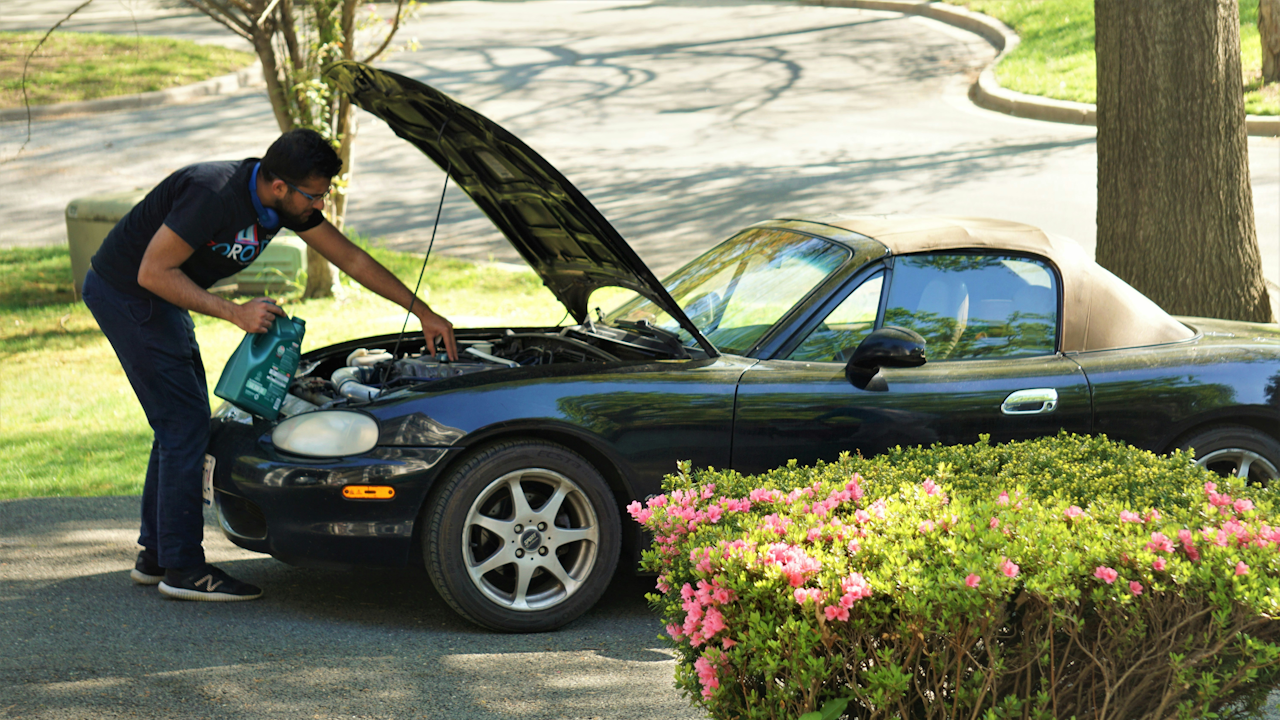Buying a used car can be a smart financial decision, but it also comes with risks. One of the biggest risks is ending up with a “lemon” a vehicle that has serious defects or hidden problems. Fortunately, with a little knowledge and some careful inspection, you can avoid buying a lemon and make a purchase you feel confident about. This guide outlines practical steps you can take before signing the dotted line.
1. Do Your Homework First
Before even visiting a dealership or private seller, research the make and model you’re considering. Look up common problems, recalls, and repair history for that vehicle. Online resources like Consumer Reports, Edmunds, Kelley Blue Book, and automotive forums are excellent starting points. Knowing what issues to expect can help you ask better questions and notice red flags during the inspection.
Also, check the fair market value of the car. If a price seems too good to be true, it often is. Suspiciously low prices can be a sign of underlying issues or even odometer fraud.
2. Request and Review the Vehicle History Report
A vehicle history report, from providers like Carfax or AutoCheck, is one of the most valuable tools in spotting a lemon. It can reveal crucial information such as:
- Accident history
- Title issues (e.g., salvage, flood damage, lemon law buyback)
- Service records
- Odometer rollbacks
- Ownership history
Make sure the VIN on the report matches the VIN on the vehicle. Any inconsistencies should raise immediate concern.
3. Inspect the Exterior Carefully
A visual inspection of the car’s exterior can tell you a lot. Walk around the vehicle and look for mismatched paint, uneven panel gaps, rust, dents, and scratches. These can indicate past accidents or poor repairs. Check that all the doors, hood, and trunk open and close properly.
Look closely at the tires. Uneven wear patterns can be a sign of alignment issues or suspension problems. Also, check the condition of the windshield and lights. Cracks or cloudiness might mean the car hasn’t been well maintained.
4. Examine the Interior
Inside the car, look for signs of wear that don’t match the odometer reading. For example, a car with 40,000 miles should not have excessive wear on the steering wheel, pedals, or upholstery. Check the condition of the dashboard, headliner, and seats.
Turn on the vehicle and test all electronics: lights, wipers, horn, air conditioning, windows, and infotainment system. Make sure everything functions as expected. A vehicle with non-working features may have electrical issues or signal a lack of regular care.
5. Check Under the Hood
Pop the hood and examine the engine bay. Even if you’re not mechanically inclined, there are a few basic things to look for:
- Leaks or wet spots on the engine or under the car
- Corrosion on battery terminals
- Cracked or frayed belts and hoses
- Discolored or dirty engine oil
- Milky coolant (which can indicate a blown head gasket)
Smell for any strong odors. Burning oil, coolant, or gas smells are never good signs.
6. Take It for a Test Drive
Never buy a used car without taking it for a test drive. This is your best chance to spot performance-related issues. Pay attention to how the car accelerates, brakes, and steers. Listen for strange noises like clunking, rattling, or squealing. Test the brakes in a safe area and make sure the car stops smoothly and evenly.
Drive the car at various speeds and on different types of roads if possible. A good car should feel solid and responsive throughout the test. If anything feels off, ask the seller for an explanation and follow up with a mechanic.
7. Get a Pre-Purchase Inspection
One of the most important steps is getting an independent mechanic to inspect the car before you buy. Even if the car looks fine, a trained professional can detect hidden problems. Many mechanics offer pre-purchase inspections at a reasonable cost, and this step could save you thousands in the long run.
Avoid sellers who resist the idea of a third-party inspection. That is a red flag and may indicate they are hiding something.
8. Ask the Right Questions
When speaking to the seller, ask specific questions such as:
- Why are you selling the car?
- Has it ever been in an accident?
- Do you have service records?
- Has the car had any major repairs?
- Are there any current issues or warning lights?
Watch how the seller responds. Honest sellers should have no problem answering these questions. Vague or evasive answers can be a warning sign.
9. Watch for Title Tricks
Make sure the title is clean and in the seller’s name. Avoid cars with salvage or rebuilt titles unless you are very experienced with car restoration. Be cautious with “title jumping,” where the seller’s name is not on the title. This can be illegal and complicates your ownership.
10. Trust Your Instincts
Finally, if something doesn’t feel right, walk away. High-pressure tactics, inconsistent information, or discomfort during the process should not be ignored. There are plenty of used cars out there, and it’s better to be patient than regretful.
Conclusion
Avoiding a lemon takes effort, but it’s well worth the time and care. By doing thorough research, inspecting the vehicle properly, and involving a qualified mechanic, you greatly reduce your chances of getting stuck with a bad car. The more you know, the better your chances of finding a reliable used vehicle that meets your needs and budget.

